By Ana E. Chavez
The high school dropout rate is an issue for Latino/as high school students, who are still at a higher risk of dropping out than their Black, White, and Asian peers.
The Pew Research Center has identified that in 2016, 7% of Blacks, 5% of Whites, and 3% of Asians have dropped out from high school. Hispanics or Latino students are at the 10% mark.
Dropping out from high school prevents Latino/a youth from reaching their full potential and leads them to acquire low paying jobs. What has made these dropout rates so high?
Research
Research has shown that Latino students have “problems with attendance, participation in school activities, alternative educational programs, expectations of teachers and staff, and personal situations such as pregnancy and perceptions of racism.”
Resolving these issues lies on the responsibility of both the students and school faculty and officials.
Secondary education should be the largest target where educational reform should be implemented the most. High School staff and programs should be dedicated to reach all their student body, especially the Latino student body since it has the largest drop out rate.
In doing so, social capital — magnet courses that are more hands on and critical thinking, and ESL/ELD programs — should be implemented to prevent a “subtractive schooling” or the ineffective “banking method” of teaching.
All these methods combined will create a non “de facto” effect in public education and increase Latino students potential.
Magnet Schools
Magnet schooling is student access to educational themes regardless of their socioeconomic background.
Magnet Schools of America is a national nonprofit educational association whose members are schools and school districts. Some courses Magnet Schools of America include are: science, technology, engineering, mathematics, fine and performing arts, international baccalaureate, international studies, Career and Technical Education, and world language.
According to the U.S Department of Education, section 5301 on Findings and Purpose, magnet schools are an effective program implemented in elementary and secondary schools that prevent segregation among students.
Banking Method
Establishing magnet programs/courses in more schools in the nation will decrease the banking method used in traditional classrooms. In Pedagogy of the Oppressed, Paulo Freire explains that the banking in education “becomes an act of depositing, in which the depositories and teachers are the depositors.”
Often in the traditional classrooms, students simply sit and listen to the teacher talk and talk about a certain subject without any engagement. High expectations in schools are strongly integrated to see students to succeed.
But how are high expectations set if high standards are not set?
Freeman Hrabowski, President of the University of Maryland, Baltimore County, stated in a 2013 TED Talk that “high expectations have to do with curiosity and encouraging young people to be curious. And as a result of those high expectations, we began to find students we wanted to work with to see what could we do to help them.”
Magnet programs are the answer. Their courses are very engaging and “This real-life preparation has students not only interacting with peers from all backgrounds, but with hands-on experience working with businesses, cultural institutions, universities and community organizations,” according to Magnet Schools of America.
This means that instead of class just consisting of providing material, magnet courses will be putting use to it by connecting to it through experiential experience.
Subtractive Schooling
Subtractive schooling is explained to be an educational barrier between U.S born vs immigrant youth, where “minorities” are unattended in their struggles and the wealthier are offered more to their benefit.
This situation in early education can be prevented by establishing English Learning Development or ESL/ELD programs where students with a different primary language than English can learn and excel in English.
Having ESL/ELD programs also gives Latino students the encouragement to learn English proficiently and in the academical level. This program provides essential language skills that students will use in their English based academic future. It also creates a comfort zone with their English learning peers and the rest of their fluent English speakers.
Currently the nation as a whole does not have a strong foundation for English learning students.
Claudio Sanchez, educational correspondent for NPR news, found that “About 1 out of every 10 public school students in the United States right now are learning to speak English” and there are about five million of students being educated in English in the nation.
The United States is home to many people with diverse backgrounds and 1 out of 10 public schools offering English learning programs is not enough.
In addition to not being enough, the English learning programs are not offering “quality instruction tailored to their needs.” And“although 90 percent of these kids are enrolled in designated ELL programs, at least one recent study argues that the quality of these programs is suspect.”
A factor to this is the lack of teachers, “In 2016, 32 States Reported Not Having Enough Teachers for ELL Students,” Sanchez reported. Enforcing the ELD program will create a greater magnet program that creates a gateway to success in a student’s career by preparing them well in English, thus being able to communicate and build connections with their classmates and teachers.
This connection is described as social capital. In Enriquez’s article, “Because We feel the pressure and we feel the support: Examining the educational success of undocumented immigrant Latina/o students,” an undocumented immigrant student states that “success is never a wholly independent endeavor.”
Educational success is matter of students reaching out to the right resources. How do they do that? Teachers and educators at their school campus are the answer.
Social Capital
Creating social capital for Latino students in their secondary education is vital to have an adviser to feel comfortable around with and discuss about academics. Being comfortable in an educational environment brings more enthusiasm and less intimidation on Latino students’ learning experience.
Having educators that connect culturally to Latino students creates more trust and admiration between them. This is because the similar backgrounds of one another can create a relatable relationship, therefore connecting better with their experiential experience.
We can take the example of Tucson High School in Arizona where former principal Dr. Mendoza hired more Latino educators that were successful in integrating Latino students more into their education.
One of the magnet programs held was the Mexican American Studies Department or MASD. High school senior students that enrolled in these magnet courses at Tucson were more likely to graduate. Unfortunately, this program was “extremely vulnerable to xenophobia” and was removed.
Magnet Schools Making a Difference in Fresno, CA
Like once in Tucson High School, many magnet schools in Fresno are also an overlapping example of the success that magnet courses are able to do.
Fresno Unified School District has 19 magnet schools available. Three of them are Elementary schools, seven are middle schools, and nine of them are high schools.
According to U.S Census Bureau, the Hispanic or Latino percent as of July 2016 in Fresno is 52.8%. This is greater than the 30.0% of White alone, not Hispanic or Latino percent in Fresno as of the same date.
Fresno Unified School District is reaching out to the Latino population and their needs in education.
Duncan Polytechnical High School
In order for the Latino student body to feel part of the school, instead of segregated, they should have magnet courses where they could critically think and use their experiential knowledge.
These magnet courses can range from Ethnic Studies to A.P and Dual Enrollment classes for college credit or a certified program. In the central San Joaquin Valley, Duncan Polytechnical High School is a magnet school that provides students with a Medical Academy of Science and Health (MASH) and Innovative Design and Applied Technology Academy (IDATA).
Current Duncan Polytechnical High School Senior, Paola Ruiz, is receiving her CNA certificate and desires to enroll in the nursing program at Fresno State.
Having magnet programs like MASH in secondary schools creates a foundation for post-secondary education. In college, Ms. Ruiz will be able to have prior knowledge on her future nursing degree. This creates more potential to graduate high school and having more aspirations to pursue a college education.
Personal Experience
From my experience, being in the english learners program at Twin Oaks Elementary school almost nine years ago has helped me become more educated in the English language.
During my high school journey at Tahquitz High School, in the Hemet Unified School District, I took several A.P (College Board, Advanced Placement) courses, Dual Enrollment courses through Mount San Jacinto College, and enrolled in CTE pathway courses.
My A.P classes made me a better student by accepting a challenge and being able to be comfortable with rigorous topics and subjects.
As for my Dual Enrollment courses, I was able to step into the college experience which fascinated me to continue my education because all of them required critical thinking. My CTE pathway courses in Business was the most exciting of all.
I was able to be very hands on with the subject. I especially looked forward to this particular class because of my teacher Mr. Alex Serrato. He was one of the few Latino educators in high school and the one I most connected with.
The CTE Retail and Marketing and Entrepreneurship program enabled me to do so much more than just sit a desk for a whole period. I developed skills in balancing a register and making deposits, stocking and systematizing vending machines, doing inventory, and placing merchandise orders, just to name a few skills.
In addition, I’d striven and received my Riverside Seal of Multiliteracy and California State Seal of Biliteracy, which represents the proficiency skills I have in speaking and writing in a second language other than English, which is Spanish.
Being able to communicate and understand in English has prepared me for success in this land of opportunity. Speaking and writing the English language was vital for building friendships with my classmates as well as teachers throughout my K-12 education and now in college at California State University, Fresno.
I would love for my Latino/a student peers to have a similar, if not better, magnet course experience.
Preventing De Facto Segregation
All these methods combined will put a halt to the “de facto” segregation or social normality of Latinos being uneducated.
Ruben Donato and Jarrod S. Hanson in their article: Legally White Socially “Mexican”; The Politics of de jure and de facto school segregation in the American Southwest,”explain that “de facto” is unlike “de jure” which is involving the judiciary with segregation.
An example of de jure segregation would be Brown v Board of Education. Although Latino/as have not had any de jure segregation as of 1946 since the Mendez v Westminster case, they face de facto.
Inferior school and classes were offered to Mexican Americans that segregated them from their wealthier peers such as Anglo students. Magnet schools and programs prevent this from happening because they are open to anybody that is of any socioeconomic status.
In essence, the 10% of Latino high school dropout rate can be improved by integrating magnet program in schools all over the United States.
Having magnet schools will make Latino students more engaged and have something to look forward to: a career.
Since magnet courses are available to any student of any socioeconomic background, Latino/a students will build social capital with their educators and prevent subtractive schooling or the banking method of learning that turn into a de facto cycle.
Ana Chavez studies biochemistry at Fresno State. This article was originally written forChicano and Latin American Studies class.




